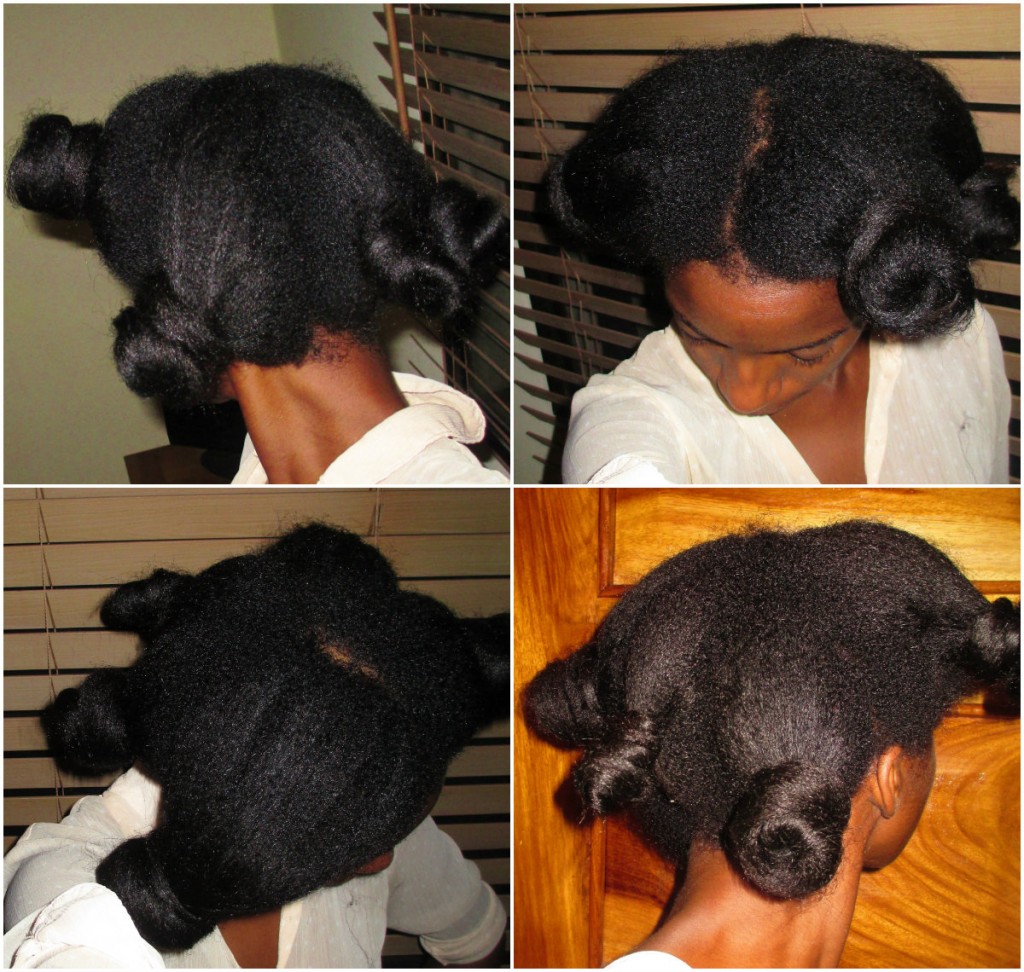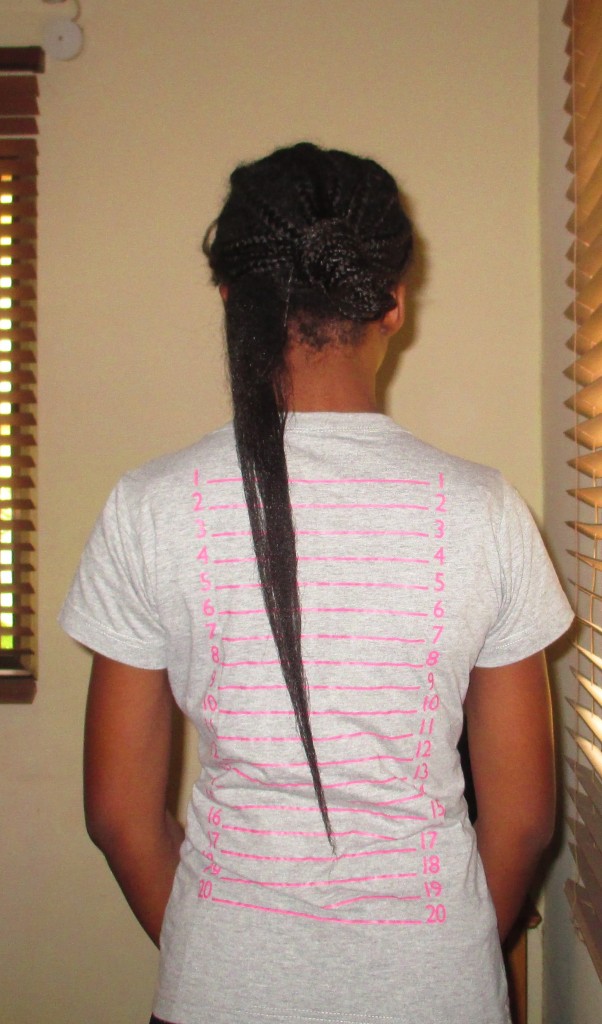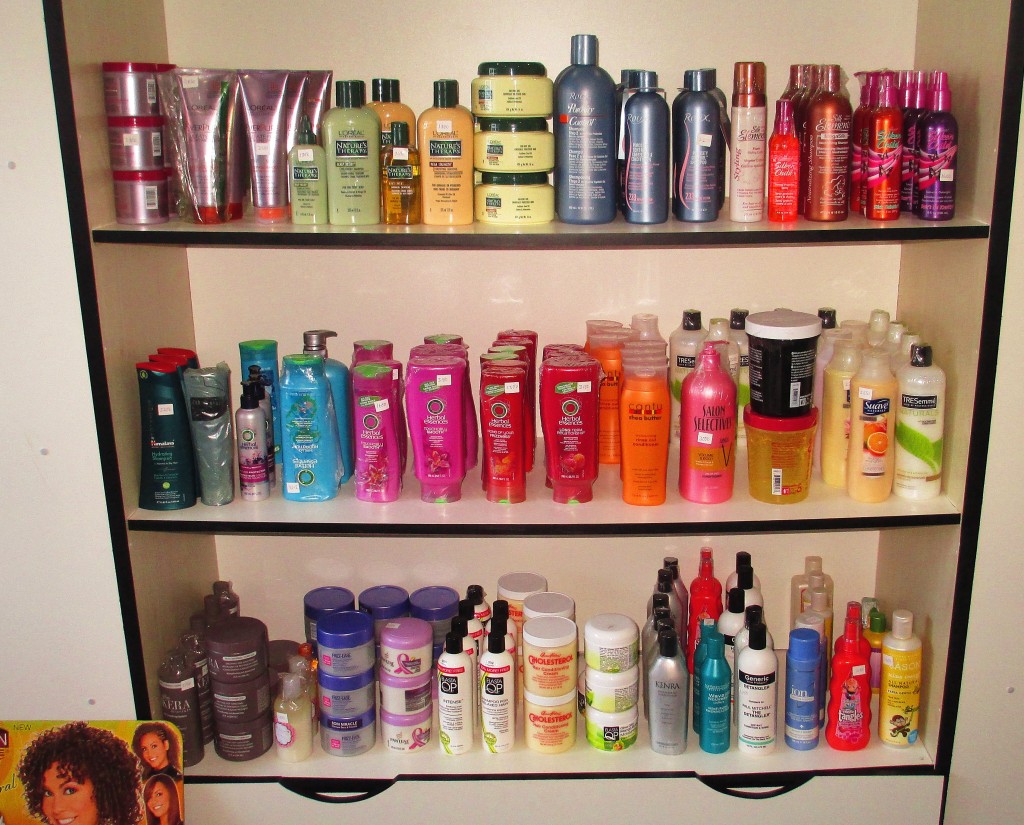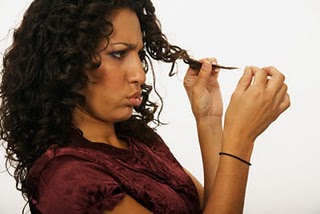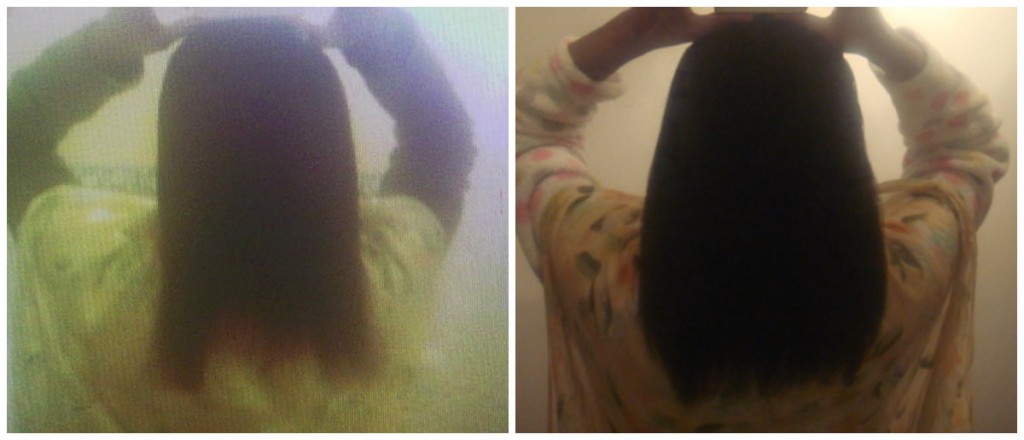Hello ladies
I hope you have had a chance to read part 1 of this blog post. I’ve had some emails from a few of you telling me they were anticipating the second part so I am glad to be getting it out. In this blog post I will discuss why planning ahead is important for a successful stretch, why increasing the length of your stretch should be gradual and my personal tips of stretching.
I must warn you, its a long post!
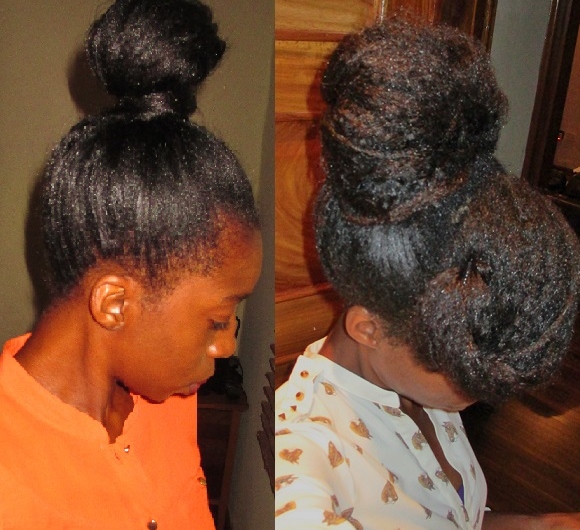
From sleek to thick on one of my stretches.
My freshly relaxed hair vs my hair on a stretch
The way our hair feels, looks and its length changes on a stretch.
THE IMPORTANCE OF PLANNING AHEAD FOR A SUCCESSFULL STRETCH
Stretching your relaxer should not be accidental. It should be something you decide to do and have a game plan for.
I say this because if you are not aware of how your hair is going to change and do not have a hair care plan for the stretch, you are likely to become overwhelmed and may not have anticipated the challenges that comes with stretching. This could result in a stretch gone wrong.
When you decide to stretch your hair, it is best to consider the following points
1) Decide roughly how long you want to stretch for. You can review and amend this as you go along.
2) When you decide point one, try to estimate how your hair is going to change over the stretch period and the challenges that may arise, e.g., how much new growth you are likely to have before you relax, are you willing to detangle more frequently? How are you going to style your hair when you have loads of new growth?
3) Decide how you are going to overcome those challenges. For example consider if you going to wear your hair out for the entire stretch or are you going to wear a long term protective style (wigs, braids, weaves). Will the hair products you use now still be effective when you are 16 weeks post or will you need some products to help with your stretch? etc.
I don’t want to make a stretch seem complicated and rigid. You don’t have to have a written plan. Simply being aware of the three points above will help prepare you for caring for your hair effectively whilst on your stretch.
WHY INCREASING THE LENGHT OF YOUR STRETCH SHOULD BE GRADUAL
Picture a lady who usually relaxes her hair every two and half months. She hears about stretching and its benefits and decides to stretch her relaxer for six months. There is a very high chance that she will have a setback because, simply put, she will be way over her head.
Experience is important for a successful stretch. If you don’t have experience of stretching your hair, you will not be able to predict how YOUR hair will change during your stretch; you will not have a rough idea of how much tangling you will experience, if your hair will matt easily, if the hair products you normally use will be effective.
If you usually relax every 10 weeks and decide to try stretching for the first time, it is best you aim to stretch for maybe 12 weeks. Because it is not too different from what you normally do. You will be familiar with how your hair feels and should still be able to care for it without too many surprises.
If your stretch is successful and you decide to stretch again you can then aim to stretch for maybe 14 weeks. At your third attempt you can aim for 16.
Off course the above timelines are not rules. It is just an example to show that you should build the length of your stretch gradually. This will help you become familiar with how YOUR hair reacts to stretching and whether you are able and willing to cope with stretching.
By building your experience gradually, you are more likely to succeed at stretching.
MY TIPS FOR STRETCHING
1) If you are wearing your hair out during your stretch, try to wear hair styles that work with the state of your hair. Be realistic about how your hair is going to look, don’t expect your bun or any style to look the way it did when your hair was freshly relaxed.
Remember you can always use natural gels and products to help keep your edges tidy and flat.
2) When you have a lot of new growth and it is becoming increasingly difficult to manage the two textures, it may be best to switch to a low manipulation and long term protective style. Daily manipulation and styling should be avoided when you are deep into your stretch to minimise the risk of breakage at the line of demarcation.
What do I do with my hair??? You’ve probably already guessed it; Wigs.
From 10 weeks post, I wear wigs and put my hair in box braids under the wigs so I don’t have to comb or manipulate my hair on a daily basis. This really helps take the stress out of stretching for me because I only wash it once in three weeks when I am wearing wigs. Please see my regimens for more information.
Some ladies use braids and weaves to help them stretch. If your hair, scalp and hair line can tolerate such styles then you can use them to help you stretch. Please ask your stylist to be careful when creating such styles to minimise breakage.
Braid outs and bantu knot outs are other styles that some ladies wear when stretching.
3) Keep up with your hair regimen and make amendments to it if necessary, for example, I have two hair regimens because I stretch. Don’t forget to keep balancing the use of protein and moisture products.
4) Be aware that your natural new growth is likely to feel dry may need to be moisturised more often than your relaxed hair. Products like braid spray allow you to mist your new growth quickly. Alternatively you can put your regular moisturising product in an applicator bottle so that you can reach your roots easier.
5) My hair overwhelms me when I am stretching. Working in sections is a must; it makes detangling and moisturising my hair from root to tip easier. Sometimes I blow dry (cool air) in sections when stretching. this helps to stretch out my roots a little.
6) On wash days, stretchers usually experience more tangling than when their hair was freshly relaxed. I am a firm believer of washing hair in braids when on a stretch to minimise tangling.
7) Be flexible. If you are starting to struggle too much, are finding it hard to cope or simple just bored of your stretch then just relax, it’s not a failure and it’s okay to quit.
(So long as it has been at least 8 to 10 weeks since your last relaxer)
I hope you’ve found reading this long post worthwhile.
I think it’s time to thank you for visiting Hairducation and to encourage you on your hair journey. I will be having my first give away soon so come back for more info about whats up for grabs.
X
Lade
Learn | Change | Grow

